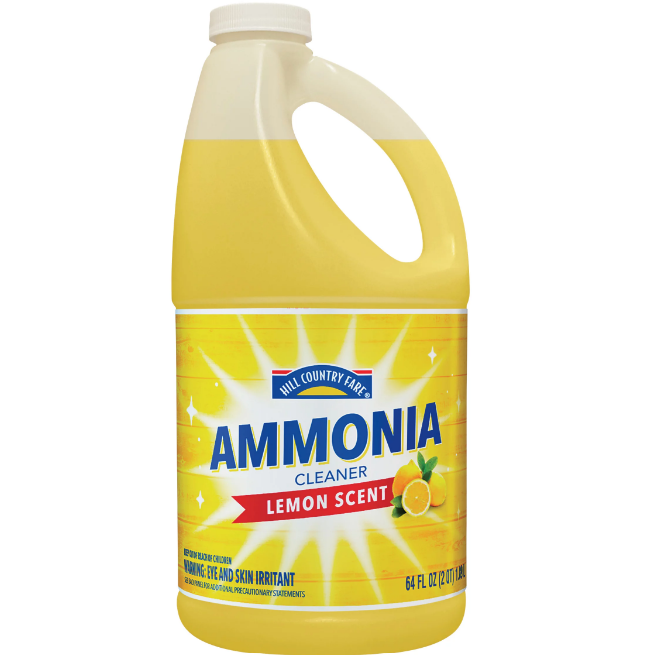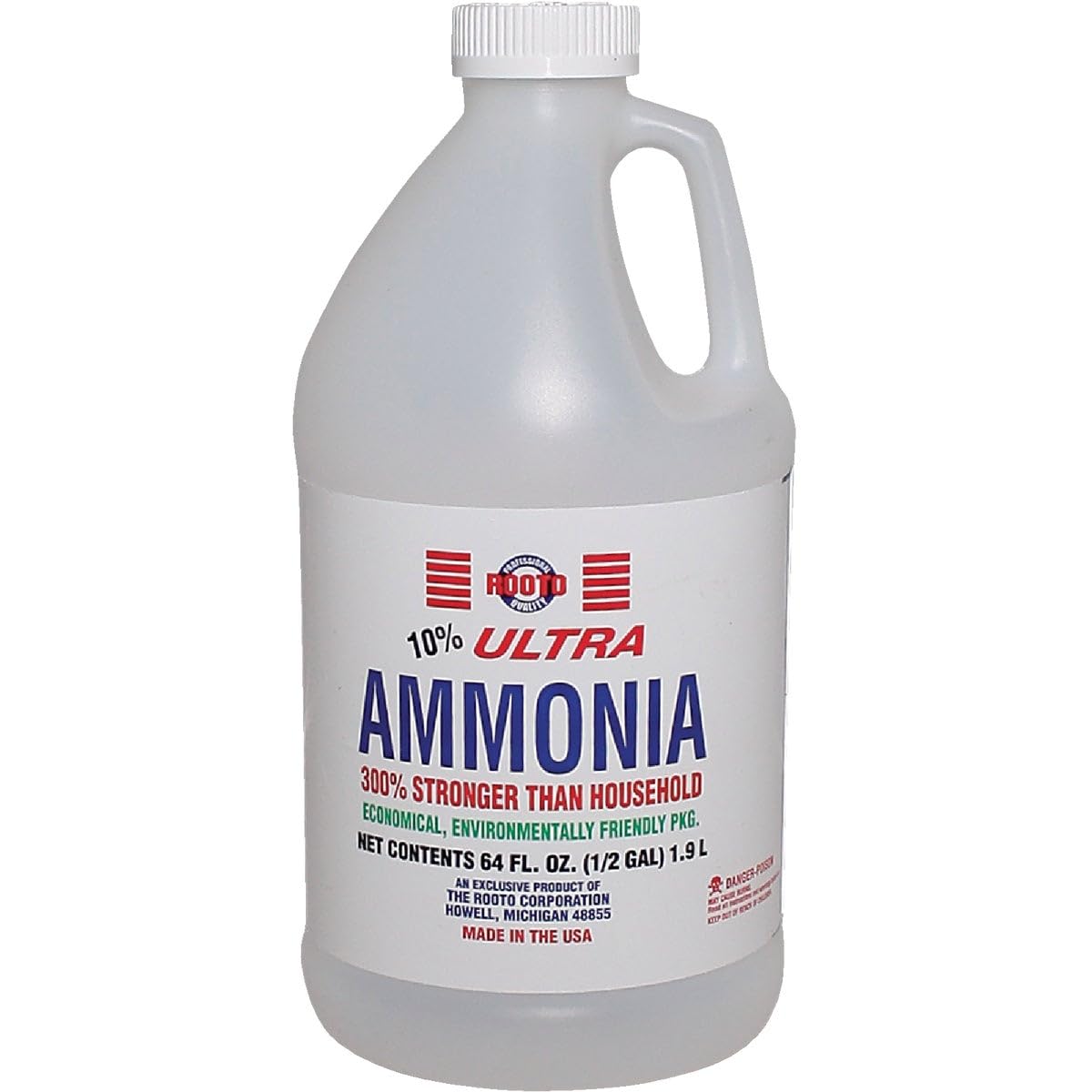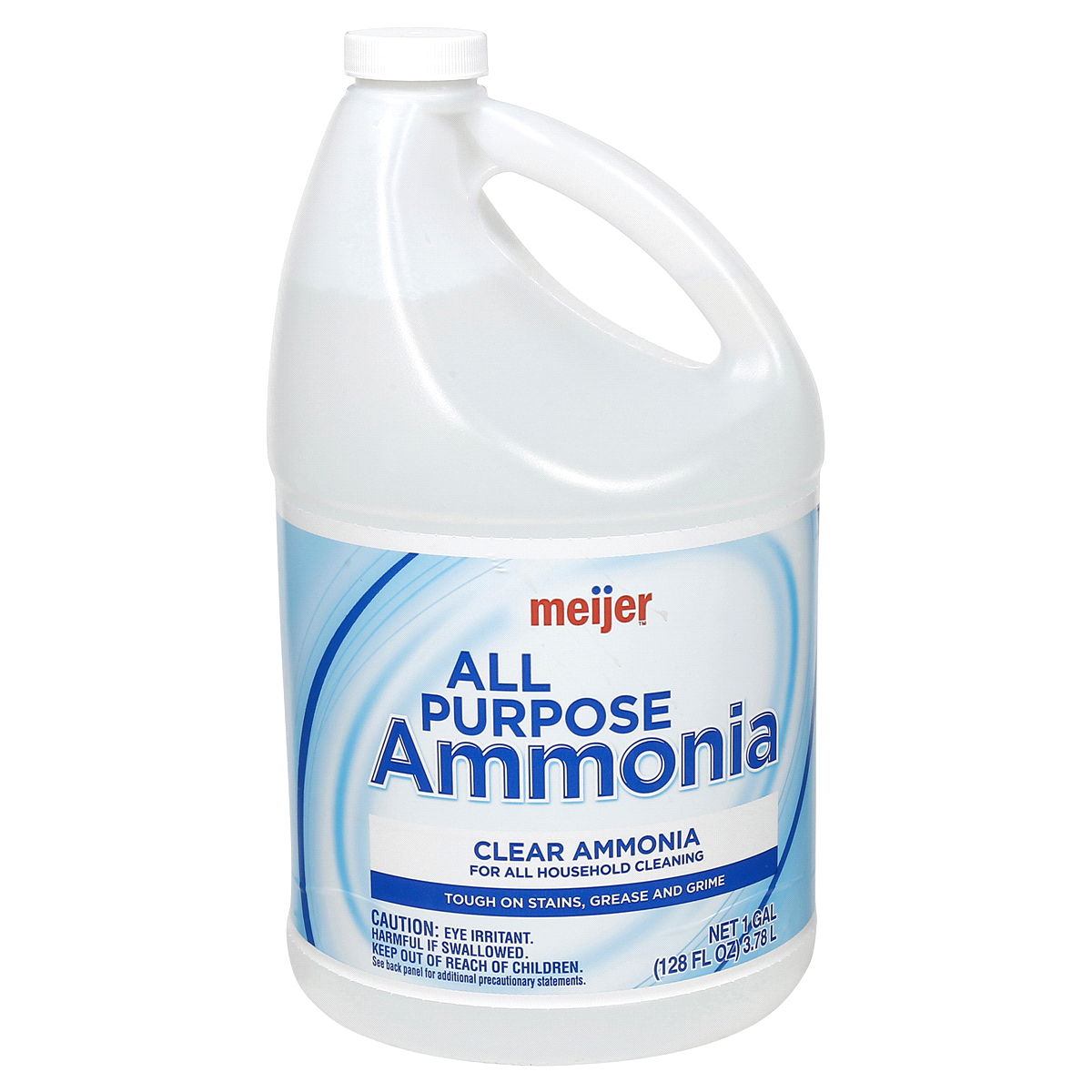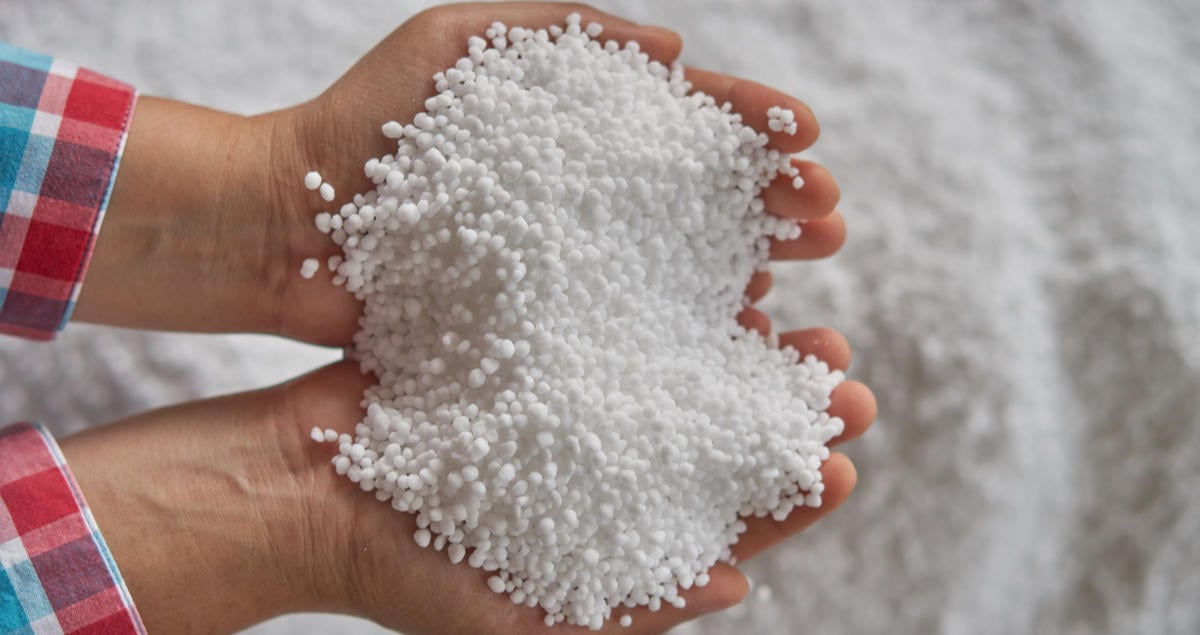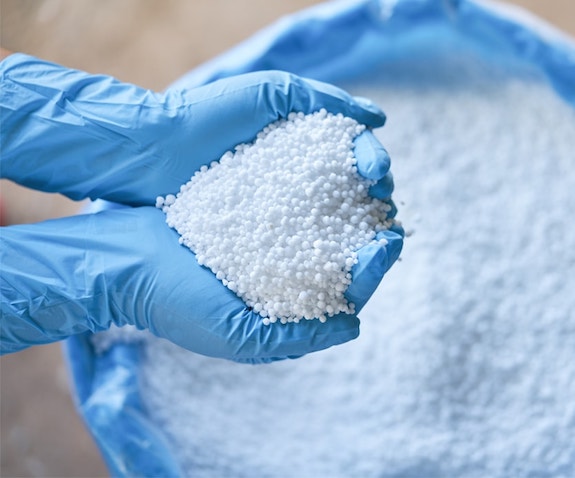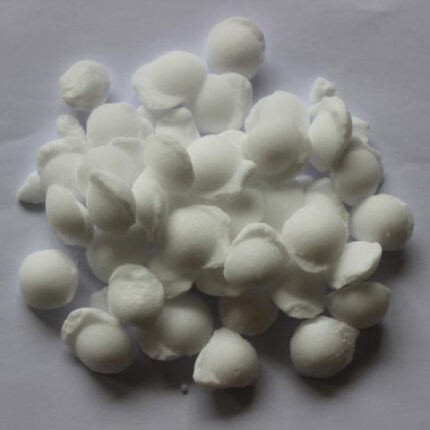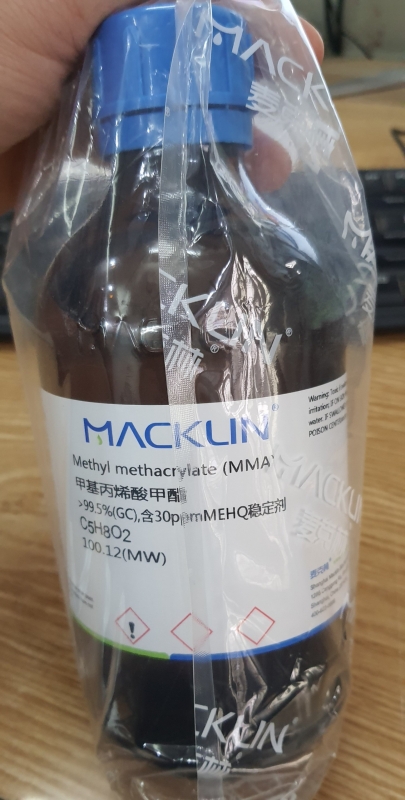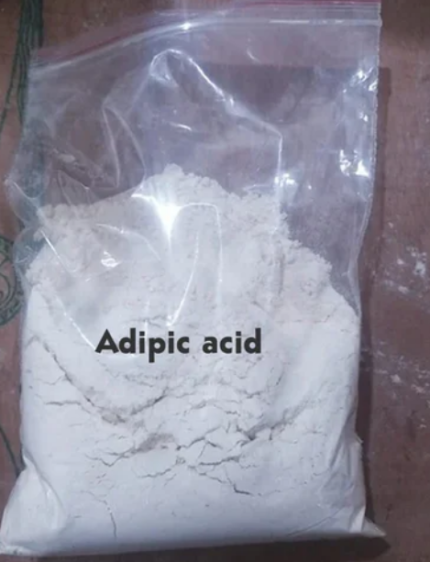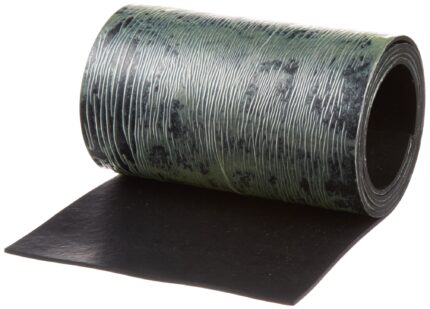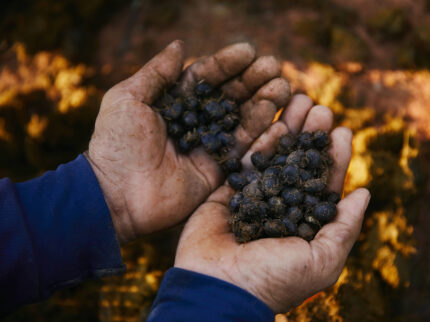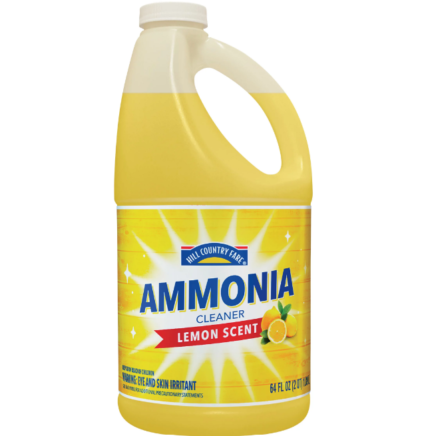Description
Ammonia is a colorless, poisonous gas with a familiar noxious odor. It occurs in nature, primarily produced by anaerobic decay of plant and animal matter; and it also has been detected in outer space. Some plants, mainly legumes, in combination with rhizobia bacteria, “fix” atmospheric nitrogen to produce ammonia.
Ammonia has been known by its odor since ancient times. It was isolated in the 18th century by notable chemists Joseph Black (Scotland), Peter Woulfe (Ireland), Carl Wilhelm Scheele (Sweden/Germany), and Joseph Priestley (England). In 1785, French chemist Claude Louis Berthollet determined its elemental composition.
Ammonia is produced commercially via the catalytic reaction of nitrogen and hydrogen at high temperature and pressure. The process was developed in 1909 by German chemists Fritz Haber and Carl Bosch. Both received the Nobel Prize in Chemistry for their work, but in widely separated years: Haber in 1918 and Bosch in 1931. The fundamental Haber–Bosch process is still in use today.
In 2020, the worldwide ammonia production capacity was 224 million tonnes (Mt). Actual production was 187 Mt. It ranks ninth among chemicals produced globally.
Most ammonia production—≈85%—is used directly or indirectly in agriculture. Chemical fertilizers made from ammonia include urea, ammonium phosphate, ammonium nitrate, and other nitrates. Other important chemicals produced from ammonia include nitric acid, hydrazine, cyanides, and amino acids.
Ammonia was once used widely as a refrigerant. It has largely been displaced by chlorofluorocarbons and hydrochlorofluorocarbons, which are also under environmental scrutiny. Probably the most familiar household use of ammonia is in glass cleaners.
Ammonia is highly soluble in water; its exact solubility depends on temperature (see fast facts). Aqueous ammonia is also called ammonium hydroxide, but that molecule cannot be isolated. When ammonia is used as a ligand in coordination complexes, it is called “ammine”.
Currently ammonia is made from fossil fuel–derived hydrogen and is therefore not a “green” product, despite its widespread use in agriculture. But environmentally green ammonia may be on the horizon if the hydrogen is made by other means, such as wind- or solar-powered electrolysis of water.
Ammonia can be burned as a fuel in standard engines. A study by the catalyst company Haldor Topsoe (Kongens Lyngby, Denmark) concluded that replacing conventional ship fuels with green ammonia would be cost-efficient and would eliminate a significant source of greenhouse gases. It potentially can be used in aircraft fuels as well. During a transition period, ammonia could be mixed with conventional fuels.
Ammonia hazard information
| Hazard class* | Hazard statement | |
|---|---|---|
| Gases under pressure, liquefied gas | H280—Contains gas under pressure; may explode if heated | |
| Skin corrosion/irritation, category 1B | H314—Causes severe skin burns | |
| Serious eye damage/eye irritation, category 1 | H318—Causes serious eye damage | |
| Acute toxicity, inhalation, category 3 | H331—Toxic if inhaled | |
| Hazardous to the aquatic environment, acute hazard, category 1 | H400—Very toxic to aquatic life | |
| Hazardous to the aquatic environment, long-term hazard, category 2 | H411—Toxic to aquatic life with long-lasting effects | |

